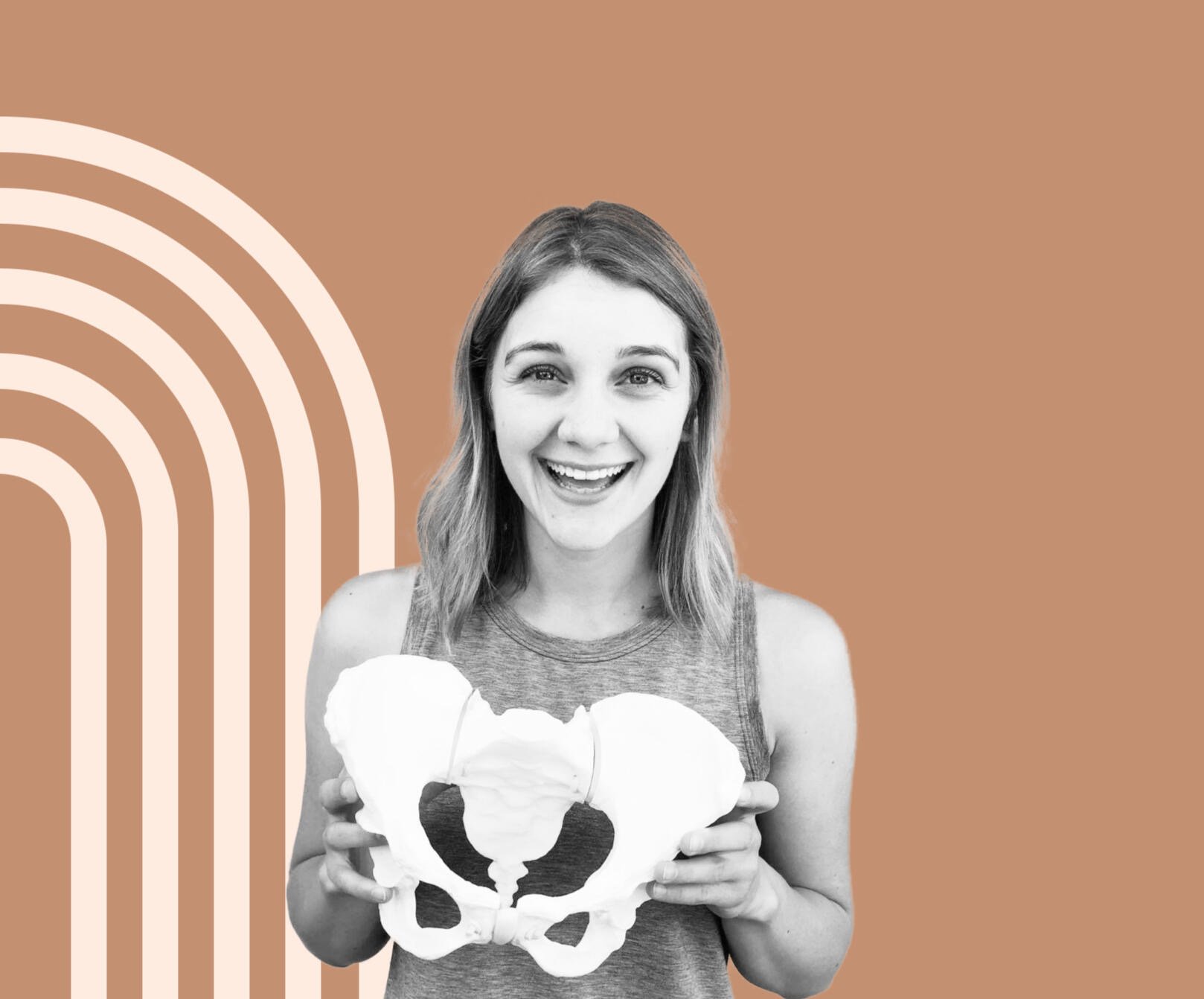Postpartum Exercise: A Guide to Working Out After Childbirth
Written by Natalie Headings
* Special thanks to Natalie for sharing her insight with the Push Circle on how to move in the immediate postpartum. We regularly work with Natalie and value all of her knowledge and energy. You can hear yours truly regularly on her podcast - The Resource Doula.
Photo by LOGAN WEAVER | @LGNWVR on Unsplash
Short and Sweet Postpartum Exercise Recommendations
Pointers to begin:
Check with your provider and always follow their advice prior to beginning an exercise program. These are just recommendations. If you notice an increase in bleeding, or feel otherwise unwell, please stop and talk to your provider.
Rest is the biggest priority during this time. Stay in bed as long as you can each day and accept help from friends & family.
With exercise repetitions, just do as many as you can with good form. If you can do 5 good ones, and the 6th will be less good form, just stick with the 5. Keep it simple.
Book an appointment with a pelvic floor physical therapist – ask your provider for a referral. (Typically you should see a PT around 6 weeks postpartum). The PT will be able to tell you if/when/how to progress your activity level based on how your muscles are working together, as well as help with things like leaking urine with movement or pain with sex. Find a good one here.
Running and high impact activities are not recommended for at least 12 weeks, if working with a PT. We don't want to go from 0-60 without the stability to support the impact of jumping and running. Chat with your PT about a return to running program that works for you.
A week-by-week break down to ease yourself into postnatal movement after birth
Week 1:
Breathe, breastfeed, bathe, and bond. Stay horizontal as much as you can this entire week to allow pelvic floor tissues to heal well. Start adding in the core breath as soon as 24 hours after delivery: inhale to expand; exhale to engage.
Week 2:
Add in a bridge: lie on your back, exhaling as you lift your hips up. Sit on a chair or ball and practice your breathing while holding your baby. Always exhale with effort as you pick your baby or car seat up. Reminder to prioritize sleeping and eating well.
Week 3:
Lie on your side, exhaling as you lift your leg up. You can start adding in short walks outside – 5-10 minutes.
Week 4:
Seated marching on a chair or ball, exhaling as you lift your leg.
Week 5:
Start adding in some gentle squats, inhale as you lower (option to do this with a chair behind you to reduce pressure).
Week 6:
Standing single leg transfer: watch that you keep your hips stable as you lift one leg. You can increase walks to 15-20 minutes if you can tolerate it. This is typically the week you’ll see your provider. Write down questions that you have for them.
Week 7:
Try adding in lunges, keeping the hips square and stable. A great way to practice this is by using a lunge stance to lower yourself down to pick up your baby or the car seat.
Week 8:
Slowly, with the clearance from your provider and the physical therapist, start adding in more movements, always remembering to exhale with effort, and if anything hurts, causes any symptoms like leaking urine or stool, feels off, or causes discomfort, that is your sign to back off and try fewer reps, less intensity, or a different exercise.
Postpartum exercise or movement is really about being slow and steady, keeping sleep and nourishing your body as the top priorities. Walking outside is one of the best exercises, as is sitting on the floor with your baby, and any movement is better than none.
You’ve got this mama!
Alignment & Core Breathing Basics
Alignment
Stack your ribs over your pelvis: back your pelvis up, and drop your ribs down. Think: unclench your glutes and relax your belly. This will take practice, keep reminding yourself throughout the day.
Core Breathing
Inhale to expand. Breathe in through your nose, expanding through your ribs (think: inflate 360 degrees around your ribs) let the belly relax, and feel your pelvic floor release.
Exhale to engage. Round your lips like you’re blowing bubbles through a wand, pull up and in with your pelvic floor, and as you gently breathe out, you should feel your abs wrapping around you.
Remember! Exhale with effort. Start your exhale and feel your abs wrapping around you before you lift something or do the hard part of an exercise.
Start by integrating this breathing into various movements in all aspects of your life to retrain your core and let your body know it needs to turn on the deep core before initiating movement.
Keep in mind these are recommendations and not an individualized plan of care. Please check with your provider and physical therapist before beginning any exercise program, especially postpartum exercise.
More on Natalie
Trainer Natalie is a prenatal and postnatal exercise specialist. She helps women move better and feel confident in their own strength through pregnancy, birth, and postpartum.
Trainer Natalie Resources
FREE e-book
The Mindful Mama's Field Guide to Moving Better - 5 exercises you can seamlessly integrate into your busy day. Download it here.
Online course: Mindful Movement in Mere Minutes
This 4-week self-paced course will teach you how to move more mindfully, feel stronger, and move in a way that nourishes your body, mind, and soul. It will transform your perspective on what it means to exercise. You will learn the skills and strategies you need to establish a more mindful movement routine even if you think you have no minutes to spare! Pre-order for the first 10 founding members for 50% off. Payment plans available. Join here.
Connect with Trainer Natalie
Website: trainernatalie.com
Weekly newsletter with exclusive content: https://trainat.li/emails
Instagram: @trainernatalieh


